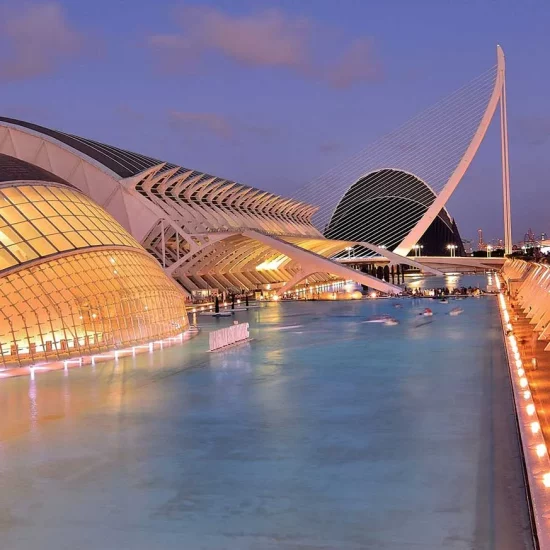How to make the perfect Valencian paella!
If you still haven’t tried Valencian paella then this blog is about to change that! Paella is arguably the most icon dish of Valencian cuisine, not only for its delicious combination of rice, saffron, and variety of meat and vegetables, but also because of its distinctive and original cooking method.
Although there is a great deal of importance about how its cooked, Paella is so much more than a rice dish! It’s a symbol of conviviality and celebration that brings people together each time it is cooked and enjoyed.
This blog will include some quick tips on how to make an authentic Valencian paella, as well as some recommendations about where to eat this tasty dish!
Let’s start from zero and give you a basic recipe for making a Valencian paella:
- 1/2 cup extra virgin olive oil
- 1 onion, finely chopped
- 4 cloves garlic, minced
- 1 tomato, grated
- 1 sprig rosemary
- 1 teaspoon sweet paprika
- A pinch of saffron threads
- Salt, to taste
- 4 cups chicken broth or fish stock
- 1 pound rabbit or chicken, cut into pieces
- 1/2 pound flat green beans, trimmed
- 1/2 pound butter beans or lima beans
- Lemon wedges, for serving
Creating an authentic Valencian paella requires attention to detail and respect for traditional techniques. Here are some pro tips to help you make a delicious Valencian Paella:
Use the right rice:
In Valencian paella, the type of rice used is crucial to achieving the right texture and flavor. The preferred rice varieties for paella are short-grain varieties that can absorb liquid well and maintain a firm texture. The short grain variety such as Bomba or Calasparra rice, is preferred because it absorbs more liquid and flavors without becoming mushy.
The key to success: A paellera
Don’t forget the saffron!
An authentic and sacred ingredient for any good paella is saffron! You can soak the saffron threads in warm broth or water for at least 15-20 minutes before adding it to the paella. This allows the saffron to release its flavor and color.
Don’t over stir & let it rest:
Unlike risotto, paella is not meant to be stirred continuously. Stirring too much can break the grains of rice and affect the desired texture. Afterwards, allow the paella to rest for a while after cooking. This helps the flavors meld, and it allows the socarrat (a layer of crispy rice) to form on the bottom of the pan.
Another thing to note is that there are many different variations of paella, including seafood, a mix of meat and seafood, and vegetable paella. You can adapt the classic recipe to your preferences but these tips will definitely help you achieve maximum flavor!
So that’s it! You can proudly call yourself a pro paella cooker!
However, if you are also interested in learning about some culture and history then we would without doubt recommend a trip to the Albufera region, which is the original birthplace of paella!
You will have the chance to see the local rice cultivated in the nearby rice paddies and the paella in this region is a delightful culinary experience, providing a taste of the local flavors and culture. For us, it is one of the best places to enjoy this traditional Valencian dish.
On the 1st of February, Euroace is hosting a Paella cooking class activity! If you’d like to sign up please visit us in reception or send us an email at euroace@euroace.net.



